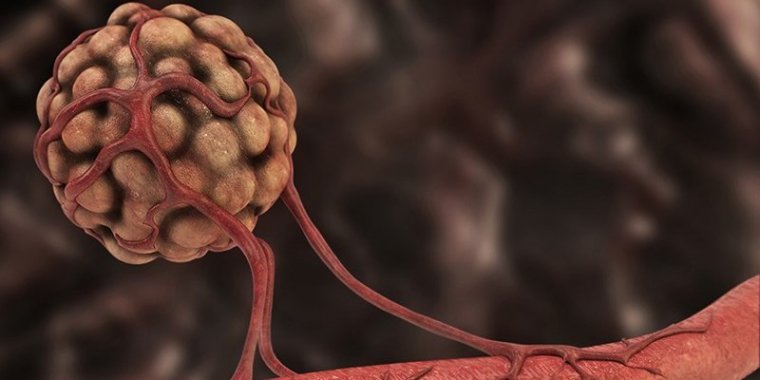| News / Science News |
Flipping a metabolic switch to slow tumor growth
An enzyme can be used as a metabolically responsive "switch" that decreases tumor growth, according to a new study.

Researchers have discovered a metabolic switch that may slow tumor growth. Photo: NIH
By restricting the dietary amino acids serine and glycine, or pharmacologically targeting the enzyme phosphoglycerate dehydrogenase, the team induced tumor cells to produce a toxic lipid that slows cancer progression in mice.
Further research is needed to determine how this approach might be translated to patients.
Over the last decade, researchers have learned that removing the amino acids serine and glycine from animal diets slows the growth of some tumors. However, most research teams have focused on how these diets impact epigenetics, DNA metabolism and antioxidant activity.
In contrast, the researchers at the University of California, San Diego and the Salk Institute for Biological Studies identified a dramatic impact of these interventions on tumor lipids, particularly those found on the surfaces of cells.
"Our work highlights the beautiful complexity of metabolism as well as the importance of understanding physiology across diverse biochemical pathways when considering such metabolic therapies," said Christian Metallo, a bioengineer at the Jacobs School of Engineering at UC San Diego and the paper's corresponding author.
In this case, serine metabolism was the researchers' focus. The enzyme serine palmitoyl-transferase, or SPT, typically uses serine to make fatty molecules called sphingolipids, which are essential for cell function.
But if serine levels are low, the enzyme can use a different amino acid such as alanine, which results in the production of toxic deoxysphingolipids.
The team fed a diet low on serine and glycine to mice. The researchers observed that SPT turned to alanine to produce toxic deoxysphingolipids instead of normal sphingolipids.
The team used the amino-acid based antibiotic myriocin to inhibit SPT and deoxysphingolipid synthesis and found that tumor growth slowed. (National Science Foundation)
YOU MAY ALSO LIKE





